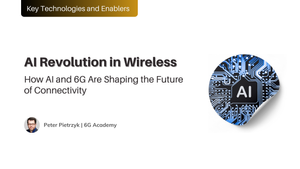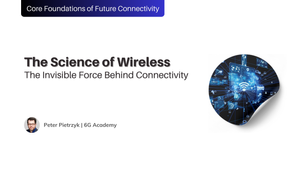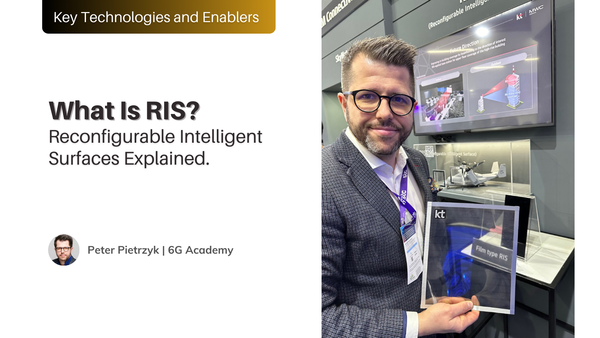Unlock Insider Access 🔓
This content is available exclusively for Insider Members. Sign up for free to gain access to templates, events, expert insights, and more.
Join now and elevate your learning journey 👇 Already a member? Log in to continue.
Already have an account? Sign in







